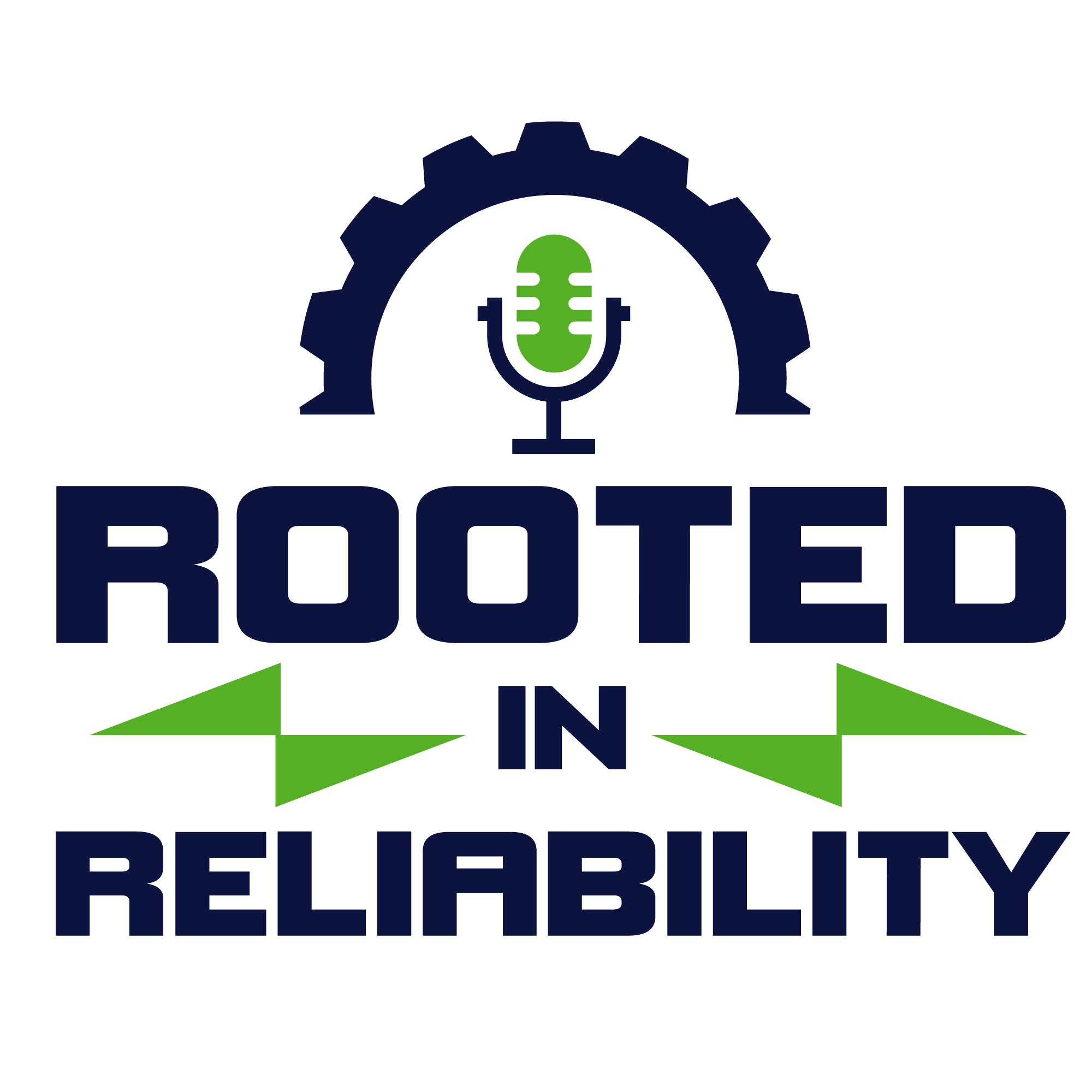26 Managing Spare Parts: A Discussion w/ Fred Schenkelberg
This episode of the weekly podcast gives a detailed insight about spare parts. First of all, a technician should know whether to repair the equipment or replace it? For this, he needs to have some failure data to help him improve his handling strategy. Nest question here is that which spare parts do we need to stock? The answer for this can be obtained on the basis of analysis mechanisms such as Failure mode and Effects Analysis or data collected through other reliability measures.
Spare parts cost a lot of money and a large amount of these just rots away in the stores. That is why having a stocking policy is always a good approach to sorting out your stock of spares in good organizations. To determine, if the equipment is going to rust away before it comes to use, an up-to-date asset management or computerized maintenance management system is the key. Technology changes very fast and the cost management become difficult when you don t know the exact measures to invest in anything. With a little bit of analysis there, you can not only have the right spares in your stock but also improve the lead time between purchasing and possible failing of the equipment. Paying attention to these parts will make it easy to deal with the variations in the field and get rid of faulty spares.
There are lots of factors that we can forecast but when you need to take actions quickly, then the usage of these spare parts becomes very critical to fix the regular maintenance issues. In these situations, not having the needed spares in store produces catastrophic results at a huge level. If these parts are readily available in the store, then it supports the planning and scheduling process to a great extent. It will build trust between the supervisors and materials management department too. It is true that the evaluation of the spare parts is expensive and takes time. But, high lost opportunity cost also damages the revenue of the organizations. So, keeping a check and balance is always a good practice for avoiding bigger failures.
This also depends on how are you keeping the track of the quantity of these spare parts and what source are you using for collecting the failure data. You can collect data from vendors too in order to keep the record of spares in your stock but RCM and FMEA are better ways to conduct such routines. It gives the technicians experience in the field and they can easily determine the approximate failure rate in the end. Correct diagnosis can only be run if you know the probability of occurring of failure, the intensity with which it can occur and to what level it can be detected successfully. You can categorize these spares as insurance spares, stock spares, and consumables. So, spare parts stocking policy will not only reduce the work of planner, it will also help in better risk management and reducing the capital investment in these spare parts.
References:
- Maintenance & Reliability Best Practices
- Accendo Reliability
- Fred Schenkelberg
- Reliability.FM Network
- FMS Reliability
- The Basics of FMEA
- Effective FMEAs
The post 26 Managing Spare Parts: A Discussion w/ Fred Schenkelberg appeared first on Accendo Reliability.

